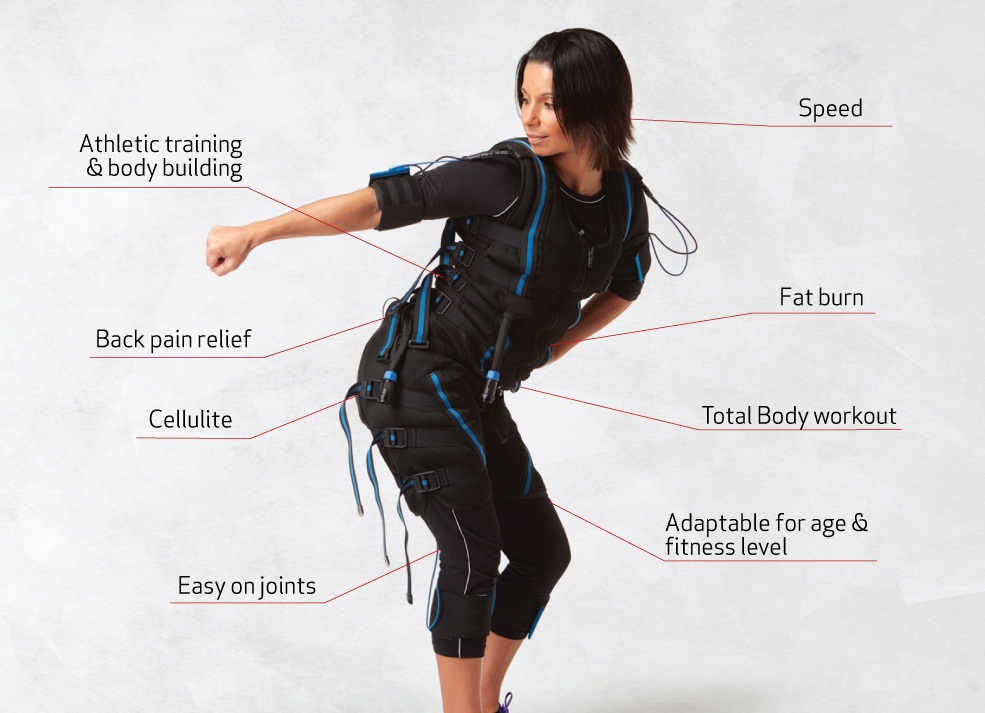Effects of electrical muscle stimulation on cerebral blood flow, BMC Neuroscience
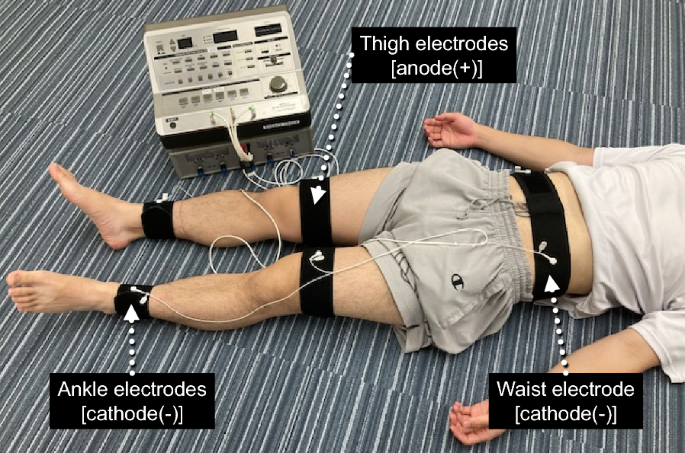
Effects of electrical muscle stimulation on cerebral blood flow, BMC Neuroscience
Electrical muscle stimulation (EMS) induces involuntary muscle contraction. Several studies have suggested that EMS has the potential to be an alternative method of voluntary exercise; however, its effects on cerebral blood flow (CBF) when applied to large lower limb muscles are poorly understood. Thus, the purpose of this study was to examine the effects of EMS on CBF, focusing on whether the effects differ between the internal carotid (ICA) and vertebral (VA) arteries. The participants performed the experiments under EMS and control (rest) conditions in a randomized crossover design. The ICA and VA blood flow were measured before and during EMS or control. Heart rate, blood pressure, minute ventilation, oxygen uptake, and end-tidal partial pressure of carbon dioxide (PETCO2) were monitored and measured as well. The ICA blood flow increased during EMS [Pre: 330 ± 69 mL min−1; EMS: 371 ± 81 mL min−1, P = 0.001, effect size (Cohen’s d) = 0.55]. In contrast, the VA blood flow did not change during EMS (Pre: 125 ± 47 mL min−1; EMS: 130 ± 45 mL min−1, P = 0.26, effect size = 0.12). In the EMS condition, there was a significant positive linear correlation between ΔPETCO2 and ΔICA blood flow (R = 0.74, P = 0.02). No relationships were observed between ΔPETCO2 and ΔVA blood flow (linear: R = − 0.17, P = 0.66; quadratic: R = 0.43, P = 0.55). The present results indicate that EMS increased ICA blood flow but not VA blood flow, suggesting that the effects of EMS on cerebral perfusion differ between anterior and posterior cerebral circulation, primarily due to the differences in cerebrovascular response to CO2.
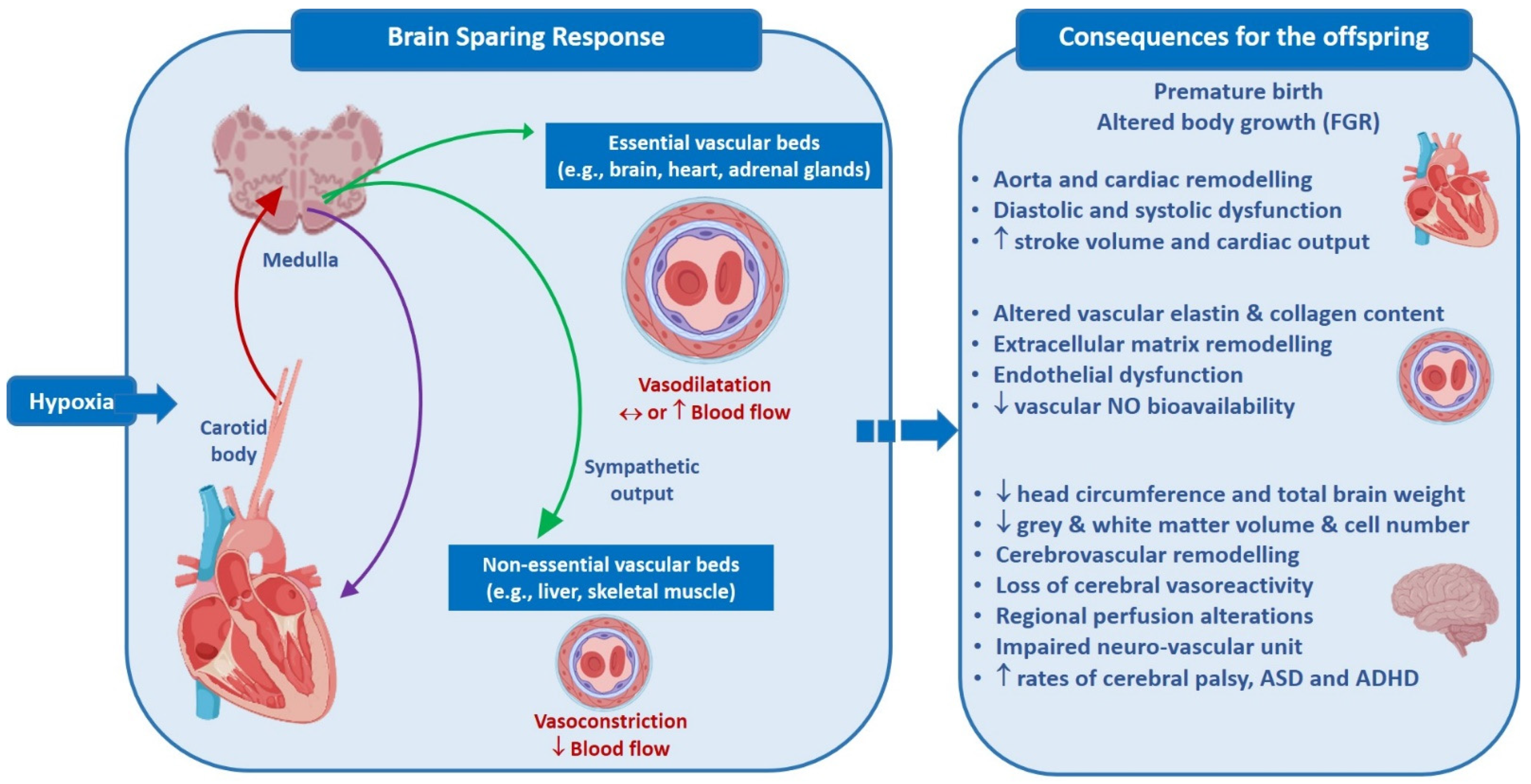
IJMS, Free Full-Text
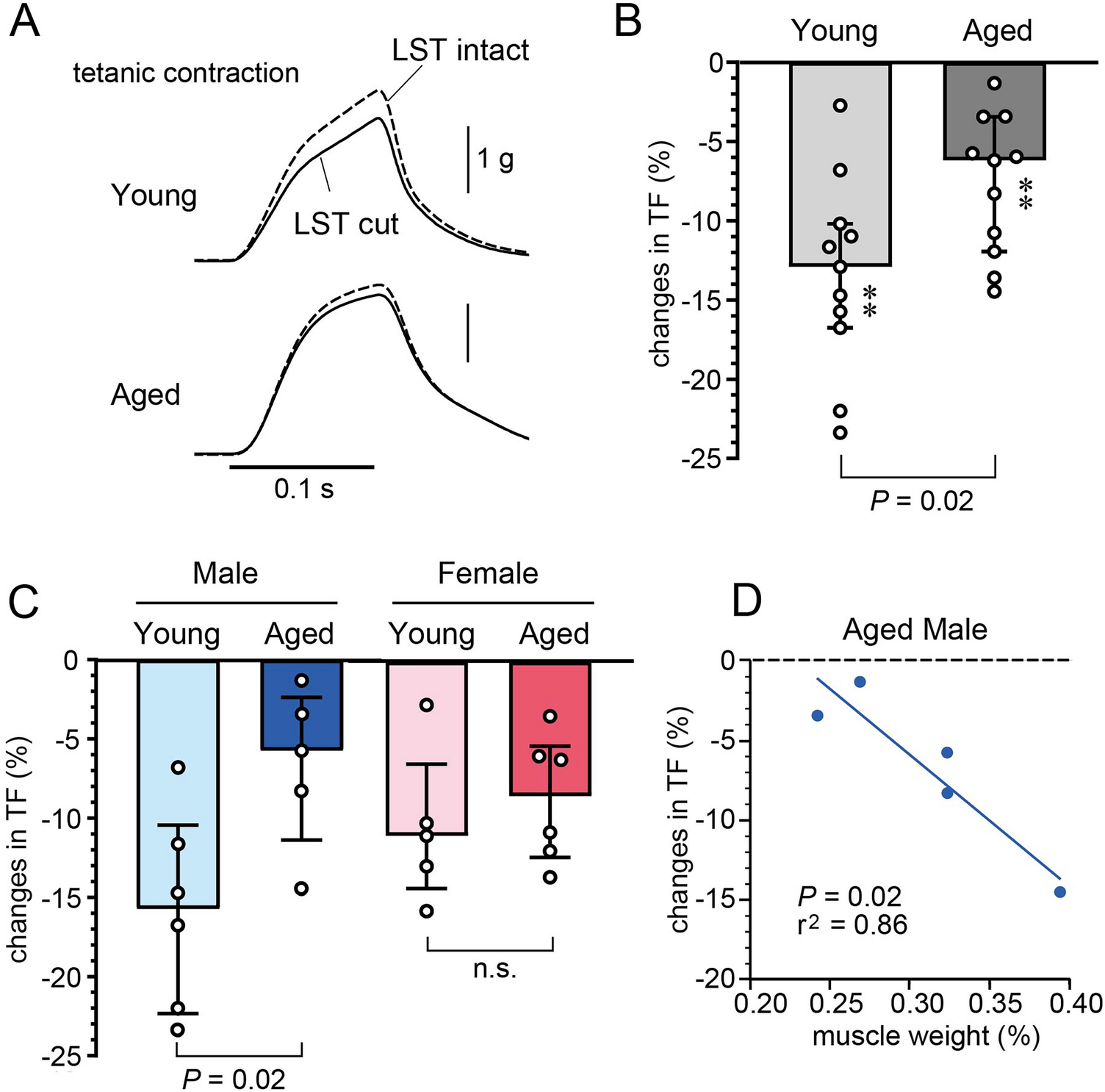
Sympathetic modulation of hindlimb muscle contractility is altered in aged rats

Combined Approaches Leading to Synergistic Therapeutic Effects in Spinal Cord Injury: State of the Art
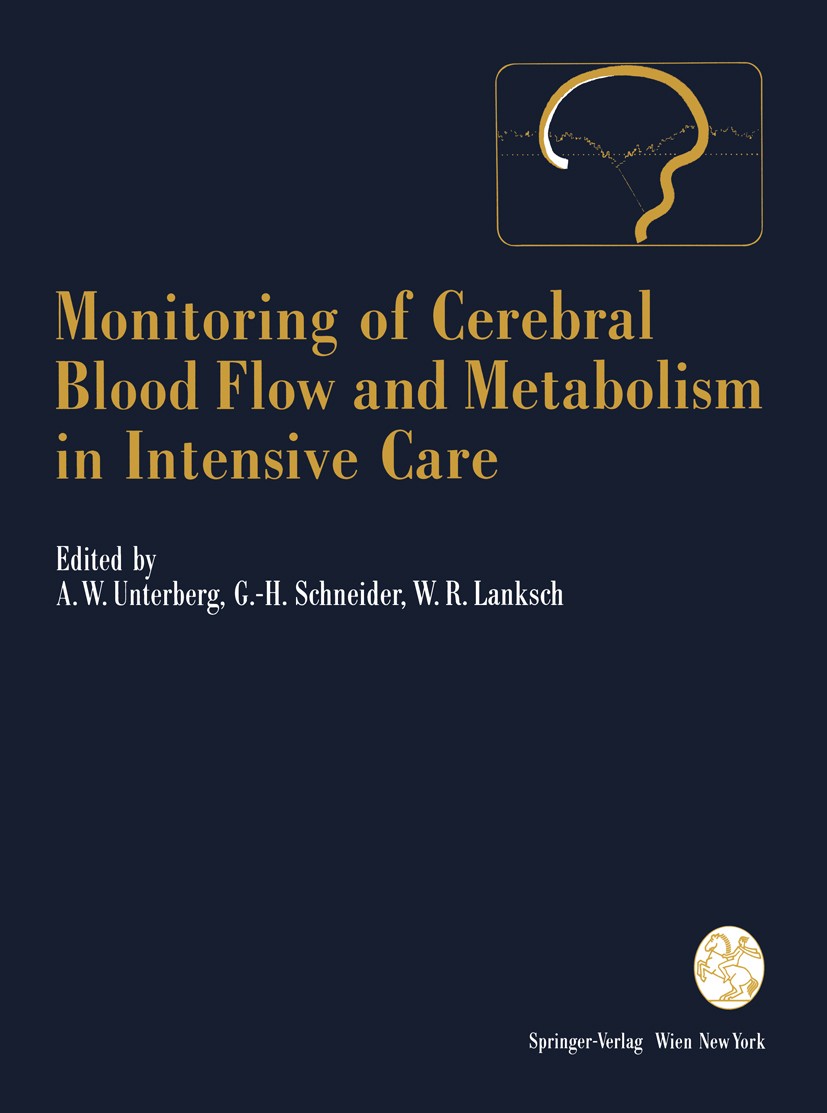
Regulation of Cerebral Blood Flow — A Brief Review

Brief Electrical Stimulation Triggers an Effective Regeneration of Leech CNS
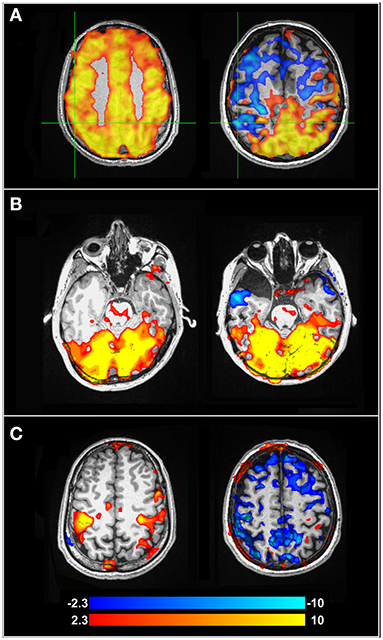
Frontiers The Relationship Between Cognition and Cerebrovascular Reactivity: Implications for Task-Based fMRI

Effects of exendin-4 and liraglutide on cerebral microcirculation after

Functional electrical stimulation - Wikipedia

Electrical epidural stimulation of the cervical spinal cord: implications for spinal respiratory neuroplasticity after spinal cord injury

Regulation of cerebral blood flow in humans: physiology and clinical implications of autoregulation

